If you want to attract more cardinals to your garden or lawn, you may be asking, “What do cardinals eat?” When you know their typical diet, you can do the things that are most likely to attract them.
Cardinals are omnivores that eat seeds, berries, buds, and insects. While seeds make up the main part of their diet, they consume many insects in the breeding season. Their chicks are fed almost exclusively on insects. They are not picky eaters. Sunflower seeds and millet are particular favorites.

Now, let’s look at all of this in more detail, especially if you want to bring more cardinals to your yard (adding a bird feeder for cardinals will entice them to your yard ;))
What Are Cardinals?
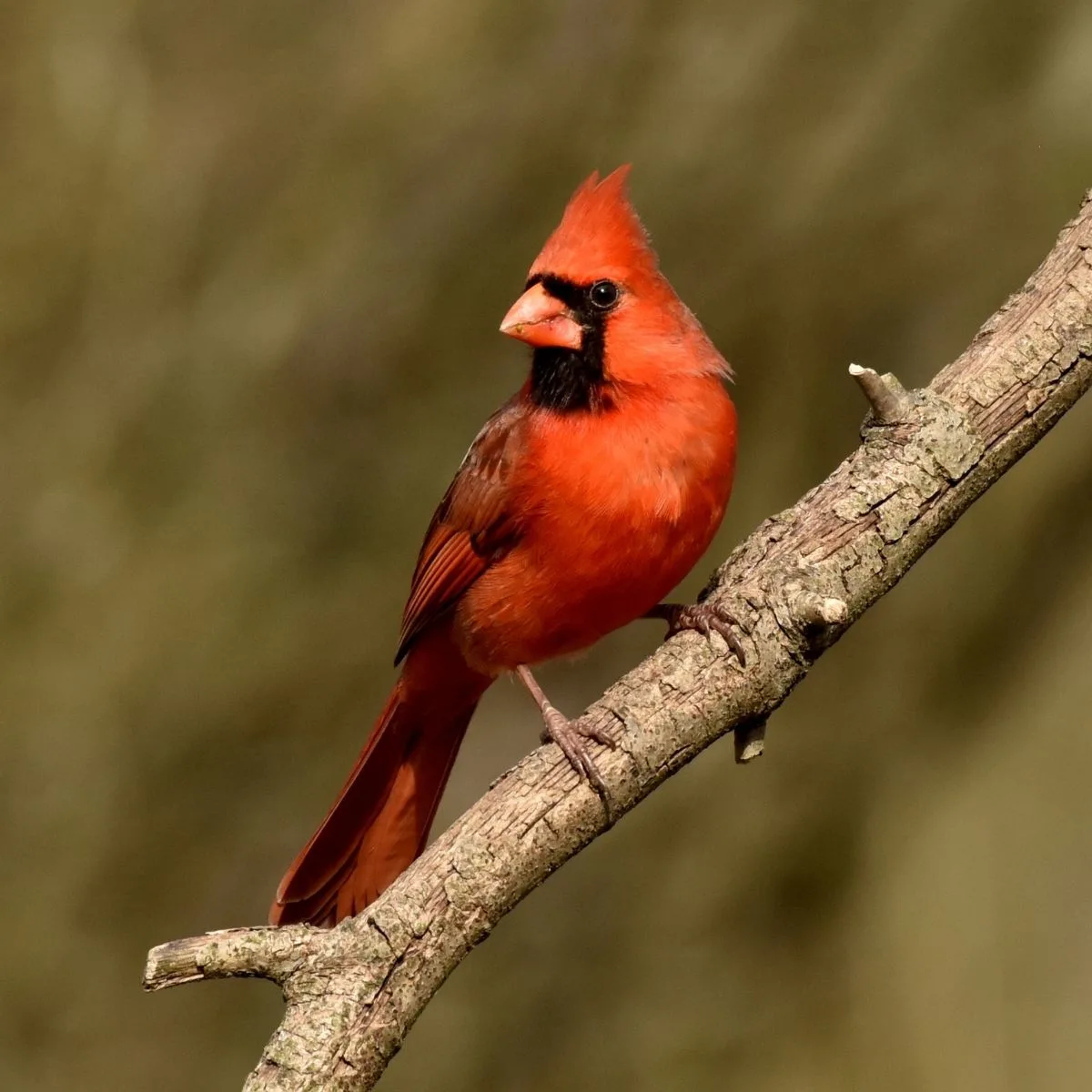
Cardinals are one of the most popular songbirds in North America. Over the years, it has become a sports mascot, a state bird, a winter holiday symbol, and so much more. They are non-migratory birds, and they can be so much fun to observe. The classic red cardinal is the male of the species. They have red beaks and a black mask on their face.
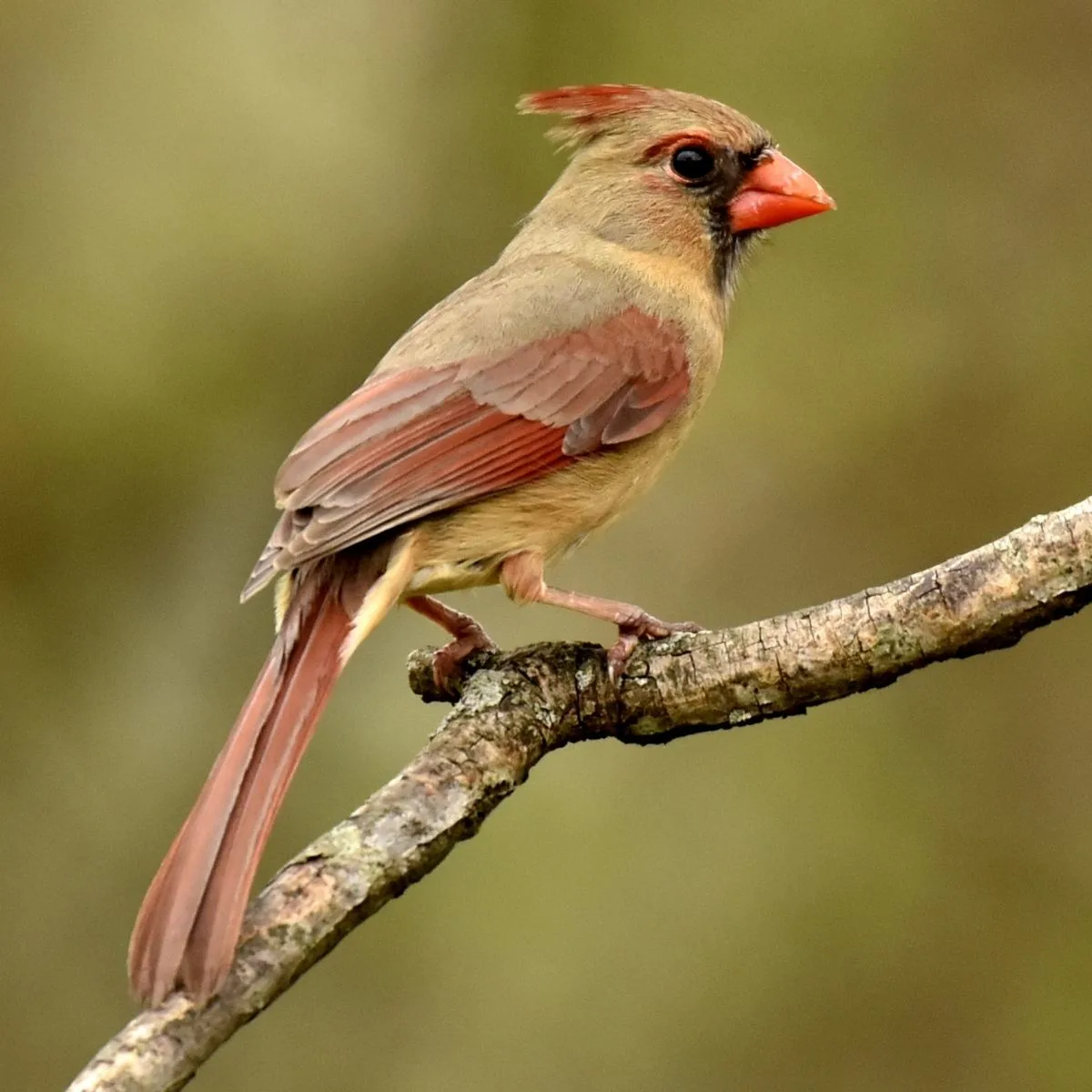
The females are more subtly colored with reddish-brown streaks on their crest, wings, and tail, a grey mask, an orange beak, and a tan body. Bird-loving gardeners who want to attract them to the local environment need to know what they eat and a bit about their habits.
Here are some quick facts about their physical characteristics:
- The red color of their feathers is actually from carotenoids in their feather structure. As they ingest carotenoids through their diet, it shows up in their feathers. In rare cases, some yellow cardinals have been seen. This is a genetic condition called xanthochroism.
- Sometimes the Northern cardinal will go bald. They lose all the feathers on their heads and appear bare skin of black or grey coloration. This can often be a cause of concern for bird watchers but usually, it’s a normal part of their typical molting cycle.
- Cardinals are dimorphic birds, with the males showing red and the females more subtle shades of brown. Sexual dimorphism in birds means that two sexes of the same species show different characteristics besides just their sexual organs. In the case of the cardinal, this means their coloring. It is believed that the males evolved to bright red colors to help them attract a female and the camouflaged colors of the female could be for safety reasons.
How to attract cardinals
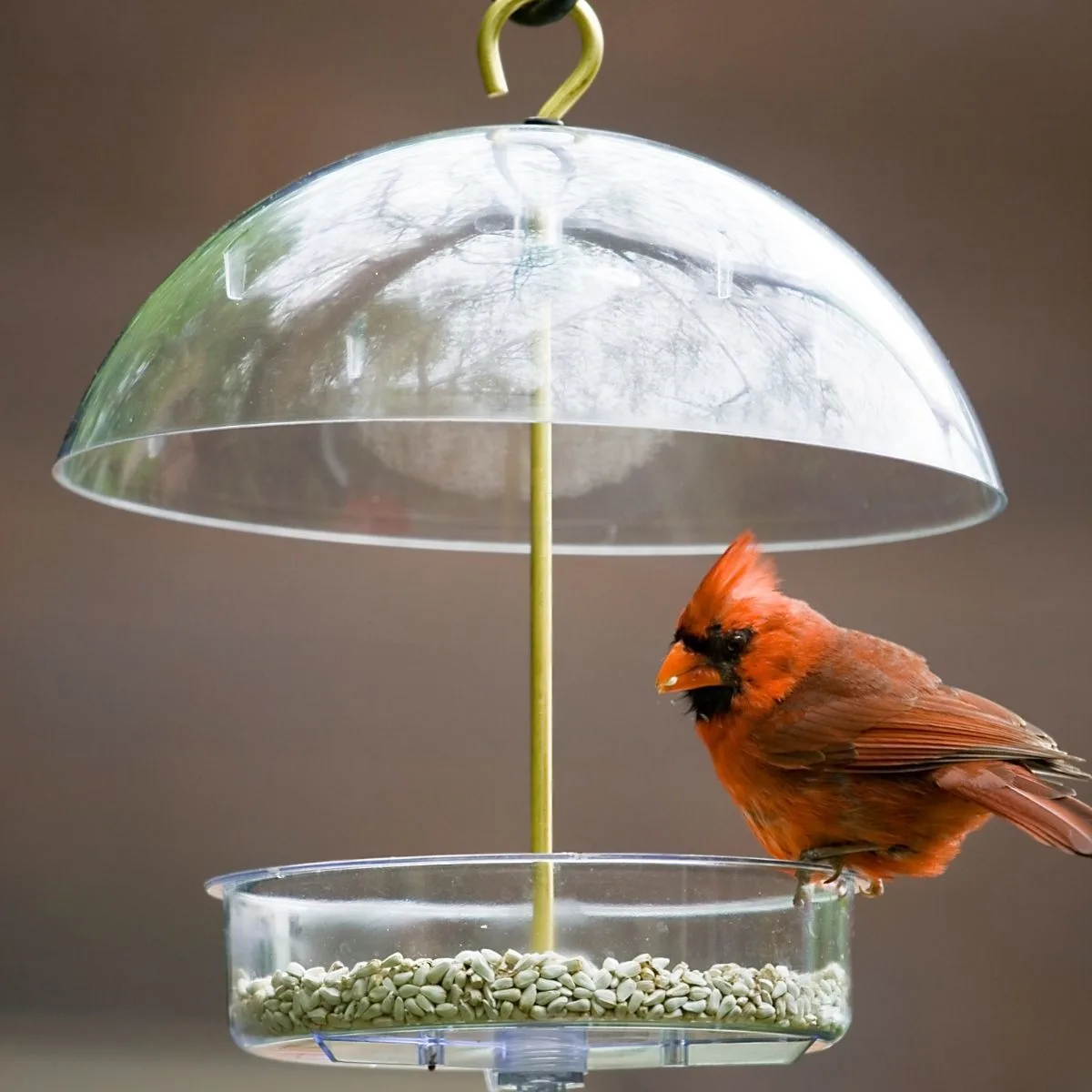
The cardinal’s preferred habitat is in vegetation near houses and gardens and at the edge of woodlands. This bird species likes to build its nests in bushes, shrubs, small trees, and thick vines between three and eight feet above the ground. The males are territorial and will frequently attack and chase off other male intruders.
Attracting cardinals to live in your garden means providing vegetation suitable for nest sites as well as the food they like. They make nests with bark and twigs and line them with moss and grass. Cardinals often use wild grapevine bark for their nests.
The birds often conceal their nests in evergreens and produce several broods each year. They don’t always re-use the same nesting site each time. To provide them with suitable nesting grounds, it is advisable to plant a stand of trees with dense, protective shrubbery below.
Researchers have found that most cardinals spend their lives within a mile of where they hatched. The males attract females by calling to them, and you can also hear the females singing to the males from the nest.
If you love cardinals, you probably love other birds too. Check out what these other birds eat:
What Do Cardinals Eat?

Here’s a fun bird fact for you: The shape of a bird’s bill hints at what it eats!
Cardinals are omnivores, eating seeds, buds, fruit, and insects. Their sturdy beaks crack open the husks of seeds with ease, allowing them to get at the nutritious kernel. Their diet consists mainly of seeds for most of the year, but they also love berries.
When breeding, they want insects for themselves and to feed their young. Since they feed their chicks almost exclusively on insects, you should not use insecticides in the garden. The protein in the insects helps the baby cardinals grow healthy bones and muscles.
Here’s a recap of some things they can eat:
- Striped sunflower seed
- Black oil sunflowers (seeds)
- Thick-shelled safflower seeds
- Tree nuts
- Variety of insects
- Fresh fruit
- Birdseed mix
Feeding habits of the cardinal
It also helps to understand the feeding habits of this bird. For example, they are granivorous birds and this means their diet consists of mostly seeds and grain. This also means it’s much easier to attract them to a bird feeder. In addition to seeds, they also eat fruits, berries, insects, and grains. This helps them forage as the seasons change. I have tons of cardinals at my house that love the fruits and berries that grow on my trees and bushes. They are especially fond of my holly trees.
Cardinals can be easily attracted to bird-friendly yards if you set up a safe space and a source of easy food for them. For example, lots of sunflower and safflower seeds in large hopper feeders or open tray feeders are a great way to bring them in. You can also put seeds down on ground-feeding areas.
Sometimes you can see cardinals in birdbaths and bushes or shrubbery. Lure them in with a tasty meal and then give them a safe place to hang out and they will stick around.
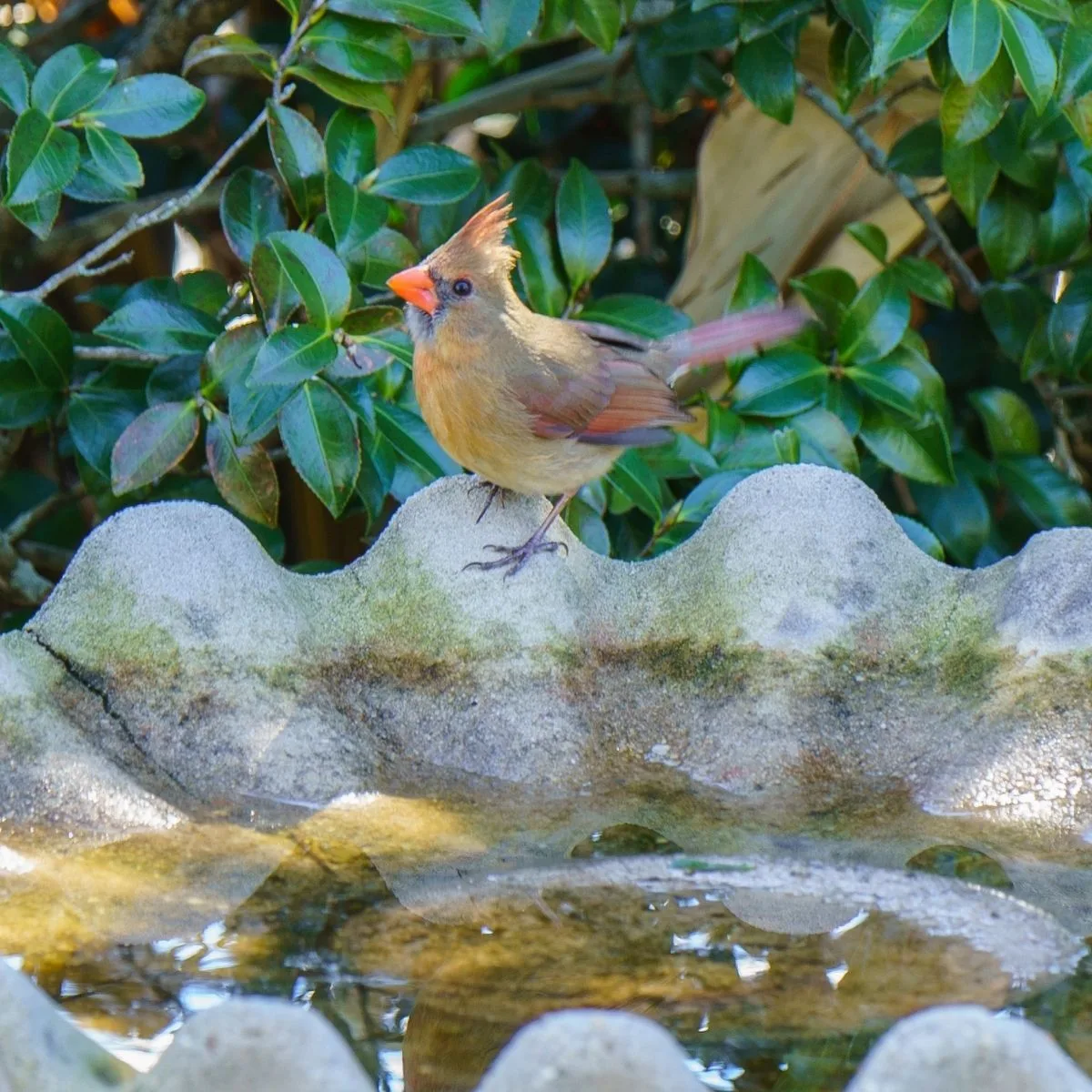
Plants that produce food for cardinals
If you’re trying to attract these beautiful birds to your property, consider plants that will produce a food source for them.
Planting snapdragons, hollyhocks, mustard greens, fennel, and dill will attract butterflies to lay their eggs on them. Butterflies make soft, tasty caterpillars for feeding baby cardinals.
Cardinals are not picky eaters but need to feel safe with plenty of places to take cover should the need arise. Plants that produce seeds for cardinals to eat include:
- millet
- sunflowers
- sweet peas
- purple coneflowers (Echinacea)
- nasturtiums
Purple coneflowers have the added benefit of attracting butterflies to add insects to the diet of cardinals.
Don’t deadhead plants that produce seeds. The dried seedheads provide a welcome feast for cardinals in the winter, and you may be rewarded with a flock of cardinals in your garden. They occur mostly in pairs in the spring and summer, but they tend to form flocks in the wintertime.
Cardinals forage for seeds on the ground under bushes and shrubs but will also help themselves at the bird feeder, and a bit of suet is always welcome. Suet is fat from the kidneys of cattle and sheep and can sustain cardinals in the winter months when there are no insects around.
What to put in your birdfeeder
They eat a variety of foods, but seeds are their favorite. They have strong beaks to crack open the seeds and this is a #1 choice for feeding. If you have a birdfeeder, stock it with peanut hearts, safflower seeds, sunflower seeds, and cracked corn. Be careful with the location of the bird feeder. Don’t put it near bushes and shrubs where predators can lurk.
Make sure the bird feeder is sturdy with a platform the birds can perch on safely to access the seed. Cardinals are robust little birds with short wings which means they are slow fliers. They are thus vulnerable to cats and other neighborhood predators.
Trees and shrubs for cardinals
Shrub roses, box elder, eastern red cedar, and nannyberry (Viburnum) are good choices to attract Northern cardinals since they provide both food and shelter.
Eastern red cedar belongs to the juniper family and produces grayish-blue fruit that is delicious to the birds. Once established, these trees are drought-tolerant, and their needles offer attractive protection from predators. Just be aware that the tree can grow to sixty- five feet in height and thirty feet wide, so it is unsuitable for small gardens.
Box elder is native to many parts of the US and is easy to grow. It is a fast-growing maple tree usually found along riverbanks but is not generally popular with gardeners. In some areas, the tree is regarded as a weed, and its brittle wood breaks easily in storms. You can also try other juniper trees that are native to your region.
Northern cardinals also love mulberry trees, flowering dogwood, spruce, and crabapple. If you have moving water in your garden, it’s even the better. Cardinals prefer fountains and running water to stagnant birdbaths.
To provide them with their natural berry foods, you can plant dogwood, serviceberry, staghorn sumac, hackberry, and northern bayberry. The hackberry is a deciduous tree that produces small orange-red or dark purple fruits in autumn. It grows between thirty and fifty feet tall.
Staghorn sumac is a member of the cashew family and grows between three and thirty-three feet tall. Insects such as wasps, bees, and beetles are attracted to its flowers, and birds eat the red fruits. When consuming fruit, cardinals will often discard much of the pulp to get at the seed within.
What Do Cardinals Eat? Conclusion
Cardinals eat various seeds, berries, buds, and insects and are generally easy to cater to in the garden. You will likely see them all year round if you have the proper plants and trees to provide food and cover, as they are not migratory birds. Cardinals are beautiful songbirds whose presence can significantly enrich a garden.
If you’re going to attract songbirds like the cardinal to your yard, make sure you create a safe space for them. Do not have outside cats or let your pet cat go outside, as they can hunt for sport and kill the birds.
Did you learn something new about what cardinals eat?
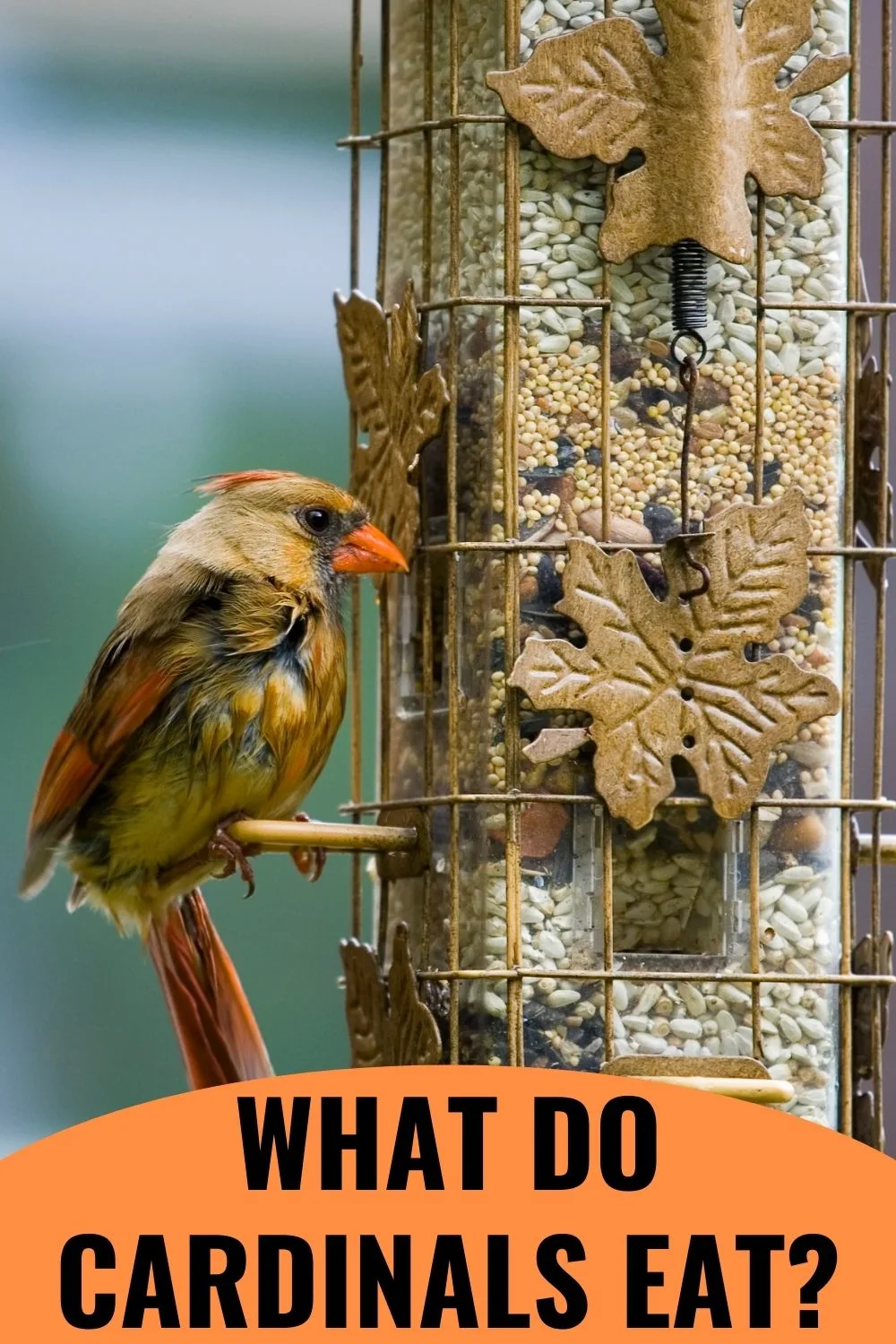
Adriana Copaceanu is a passionate nature lover living in the country on her dream property where she grows vegetables, lavender, and wildflowers that she shares with the wildlife they attract. When she's not in the garden, she loves spending time with her chickens and planning her next nature project. Check out her books below:
How to Grow Lavender for Fun and Profit: Lessons Learned from Planting Three Hundred Lavender Plants




What Do Orioles Eat? Easy Ways To Attract Them To Your Yard
Tuesday 24th of May 2022
[…] what do cardinals eat […]